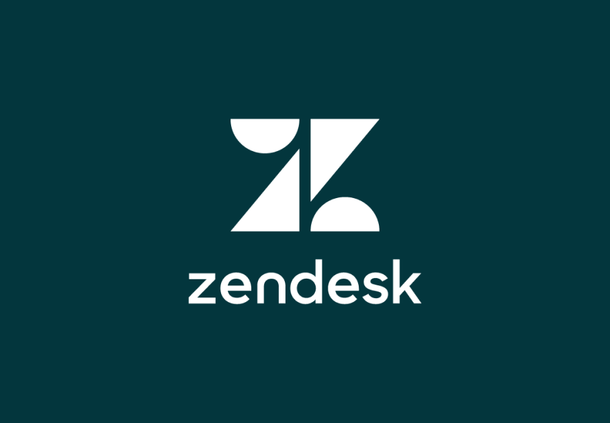Data analytics software for customer service
Boost customer satisfaction and optimize the efficiency of your customer service operations.

Leverage data-driven insights for the ultimate customer experience
Harness your data to improve performance, anticipate customer needs, and provide proactive support.
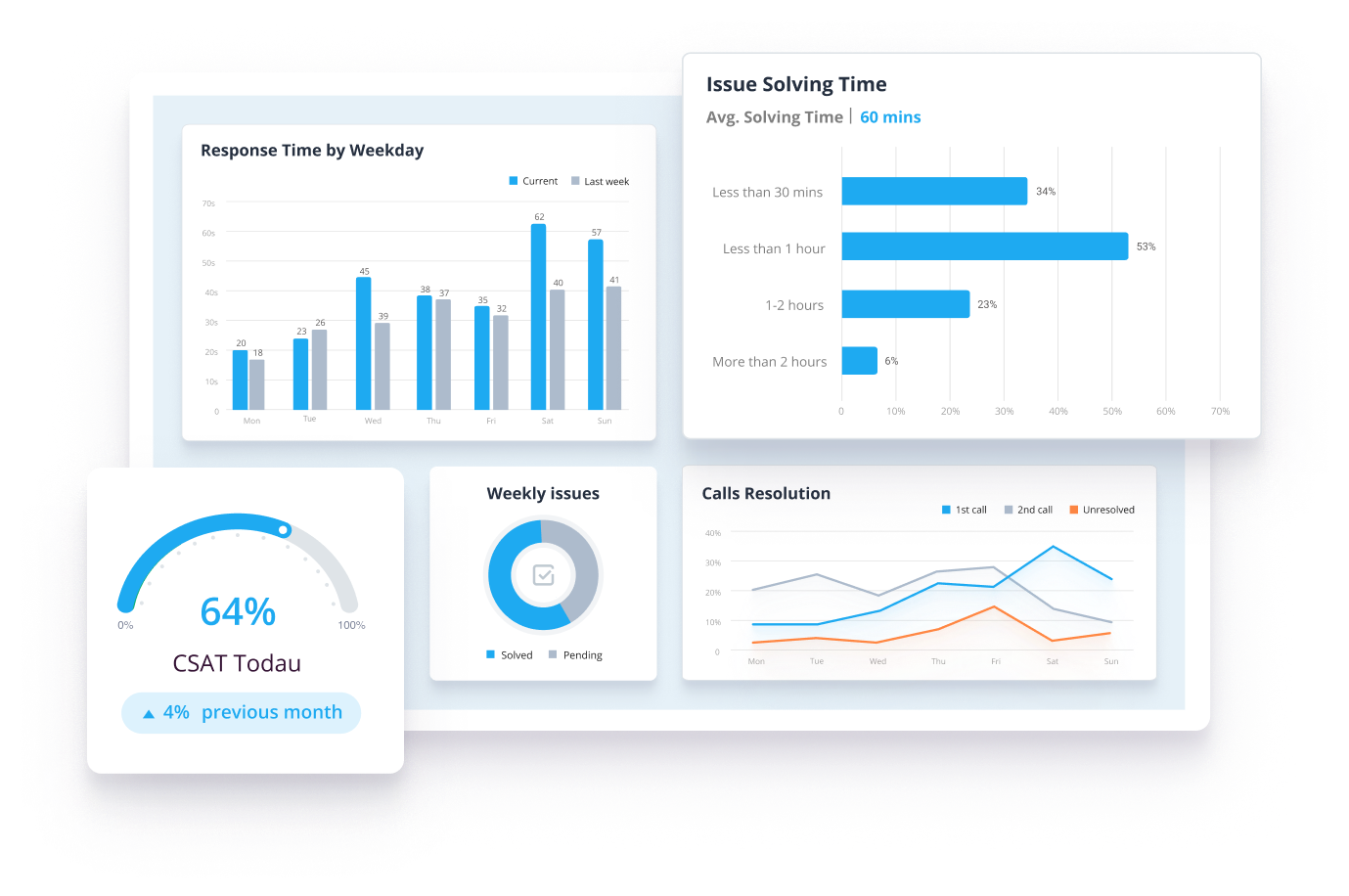
Respond faster to customer requests
- Track response times, resolution times, queue times, and abandonment rates.
- Improve the number of incidents resolved within service-level agreements.
- Identify product weaknesses by analyzing customer tickets and help-desk inquiries.

Increase customer retention
- Learn about customer behavior and their buying journey to increase engagement and loyalty.
- Understand why customer groups churn, and forecast attrition using AI-powered predictions.
- Analyze key metrics and feedback to understand the drivers behind client retention.

Optimize your call center or help desk
- Drill into your data to identify operational inefficiencies.
- Reduce your customer service desk backlog by streamlining processes.
- Identify workforce gaps, and optimize the scheduling of who is available for pager duty.
Dive deep into our success stories
Examples of customer service dashboards
Discover how customer services professionals are using dashboards

Overview of customer support performance
Companies and organizations can increase efficiency by visualizing key statistics related to customer support tickets and processes.
- Drill deeper into data to discover further insights.
- User-friendly interface suitable for non-technical users.

Call center efficiency at-a-glance
Companies and organizations can increase efficiency by visualizing key statistics related to customer support tickets and processes.
- Range of visualizations emphasize the data story.
- Easily shareable across teams and customers.
Discuss your use case with us
See how GoodData can help with your analytics goals.
Why choose our analytics platform?
Reasons why companies love our analytics platform include:
Smoothly implement in your ecosystem



Deploy in GoodData Cloud
GoodData Cloud is a SaaS product operated and maintained by us. Customers receive continuous code updates and it can be deployed in AWS, Azure, and multi-region.



Deploy Self-hosted
Self-hosted uses the same codebase as GoodData Cloud and is ideal for users needing enhanced security, governance, or control for data residency or regulatory compliance.





Integration
Open APIs and declarative SDKs — connect to code repositories and 3rd-party apps, embed anywhere.




Security and governance
Trusted analytics — certifications, inherited permissions, and cascading content changes for easy admin.




Accessibility
Accessible analytics — ensuring compliance and delivering inclusive experiences.



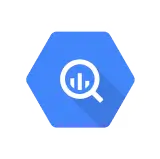



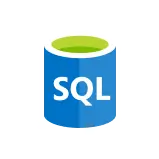












A trusted platform, loved by users


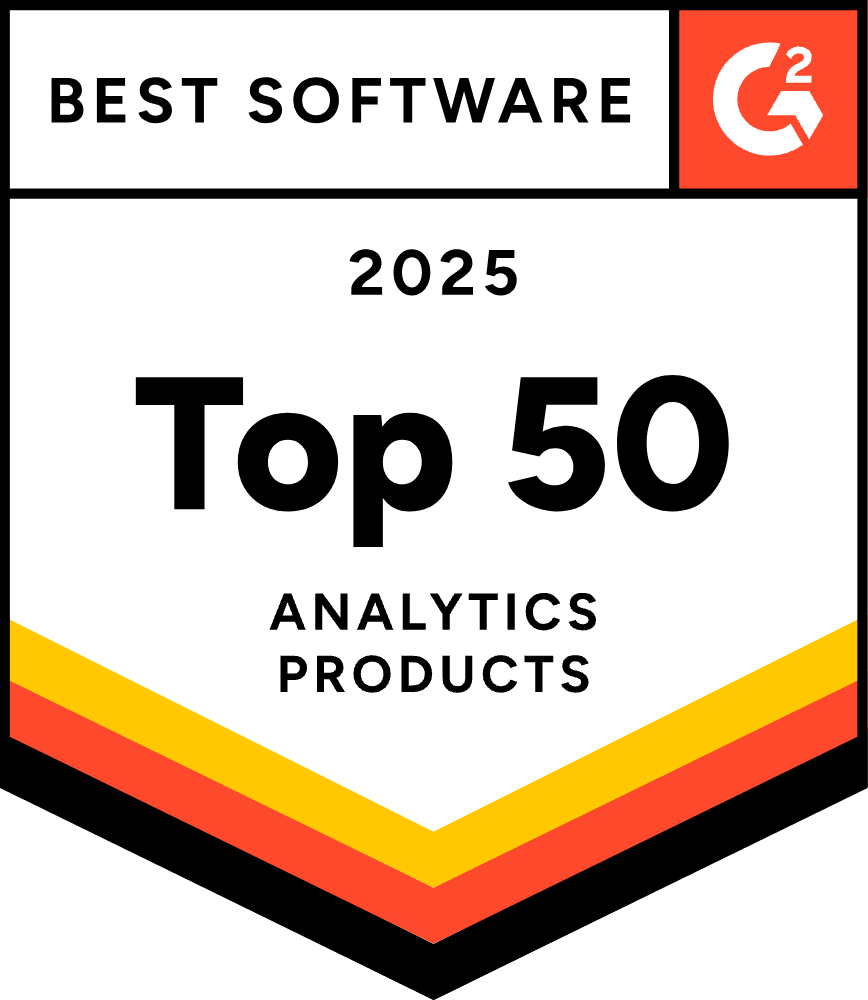

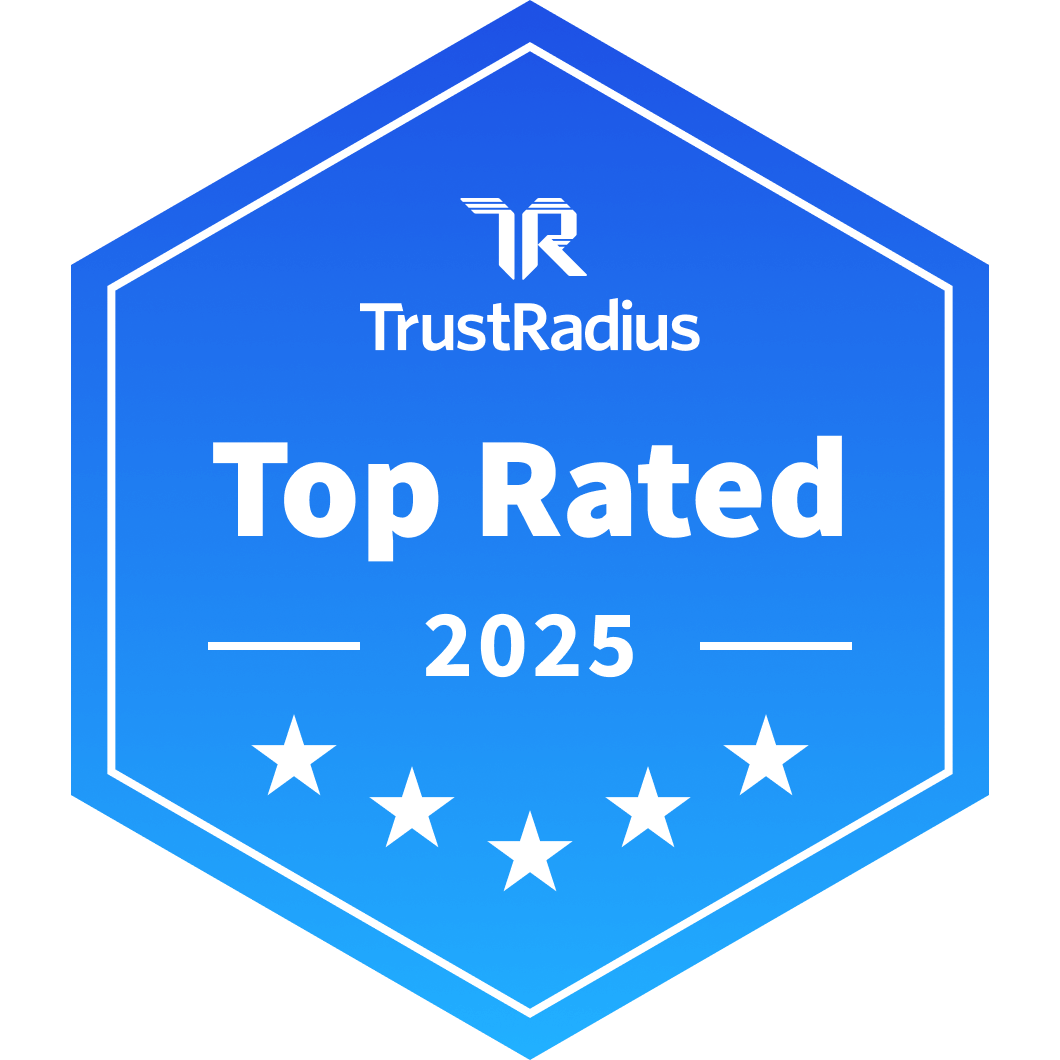

Common questions
A customer service analytics tool is vital for businesses aiming to streamline customer service operations, increase satisfaction, and foster growth. One major benefit is gaining insights into customer behavior. Data tools analyze customer interactions, feedback, and sentiments, enabling businesses to tailor their strategies accordingly.
Access to detailed analytics also improves decision-making. By identifying trends and areas for improvement, businesses can effectively allocate resources and prioritize initiatives that satisfy customers. These tools also streamline workflows by pinpointing inefficiencies, automating tasks, and optimizing resource allocation, thereby reducing response times.
Personalizing the customer experience is another advantage. Leveraging customer data enables businesses to offer tailored recommendations, anticipate needs, and provide proactive support. Additionally, analytics tools identify opportunities for upselling and cross-selling, increasing revenue.
Analytics solutions also track key performance metrics, such as response times and resolution rates, allowing businesses to measure and improve performance over time. Some advanced tools even offer predictive analytics capabilities, enabling businesses to forecast trends and anticipate customer needs, leading to increased satisfaction and retention.
When choosing a Business Intelligence (BI) tool for customer service applications, there are various factors to consider to ensure it aligns with your organization's needs. Here's a step-by-step guide to help you make the right decision:
Begin by clearly defining your organization's customer service analytics requirements. Identify the specific use cases and key performance indicators (KPIs) of your call center, such as resolving requests within service level agreements (SLAs).
Next, evaluate BI tools based on features and functionality that are specifically for customer service analytics. Look for capabilities like data visualization, ad-hoc reporting, predictive analytics, drill-down options, and seamless integration with existing systems.
Also, consider the scalability and flexibility of the BI tool. It’s important that it can accommodate your organization's growing data volumes and changing analytics requirements over time.
Ease of use is paramount. Choose a BI tool that is intuitive and user-friendly, enabling customer service professionals to easily access and analyze data. Look for features like drag-and-drop interfaces, customizable dashboards, and self-service analytics options.
Examine the reputation and support that the BI tool vendor provides. Review customer feedback, case studies, and analyst reports for a better picture of reliability, customer satisfaction levels, and the quality of support services offered.
Finally, factor in the total cost of ownership (TCO). Consider licensing fees, implementation costs, training expenses, and ongoing support and maintenance costs. Opt for a BI tool that offers transparent pricing like GoodData and fits within your budget constraints.
Leveraging AI and advanced analytics for customer service can significantly enhance the quality, and efficiency of your customer service operations.
One approach is through predictive analytics, which uses algorithms to anticipate customer behavior and potential issues. By analyzing historical data, predictive analytics can help prioritize support tickets, efficiently allocate resources, and improve response times, ultimately boosting customer satisfaction.
You can also deploy AI-powered chatbots or virtual assistants to speed up the process of finding answers within your data. These chatbots provide quick responses to customer inquiries, freeing up human agents for more complex tasks.
Using advanced analytics techniques for customer segmentation allows you to categorize your customer base based on various attributes. This enables personalized support strategies and communications tailored to specific customer needs, leading to better engagement and loyalty.
Recommendation engines driven by machine learning algorithms are another way to leverage AI. By analyzing past interactions and preferences, these engines can suggest relevant products or services to customers, increasing cross-selling and upselling opportunities while delivering added value.
Finally, self-service analytics tools can equip support agents with real-time insights and recommendations during customer interactions. Armed with this data and knowledge, they can then make informed decisions, resolve issues more efficiently, and deliver better customer support.
Try GoodData yourself
See how GoodData can help with your analytics goals



